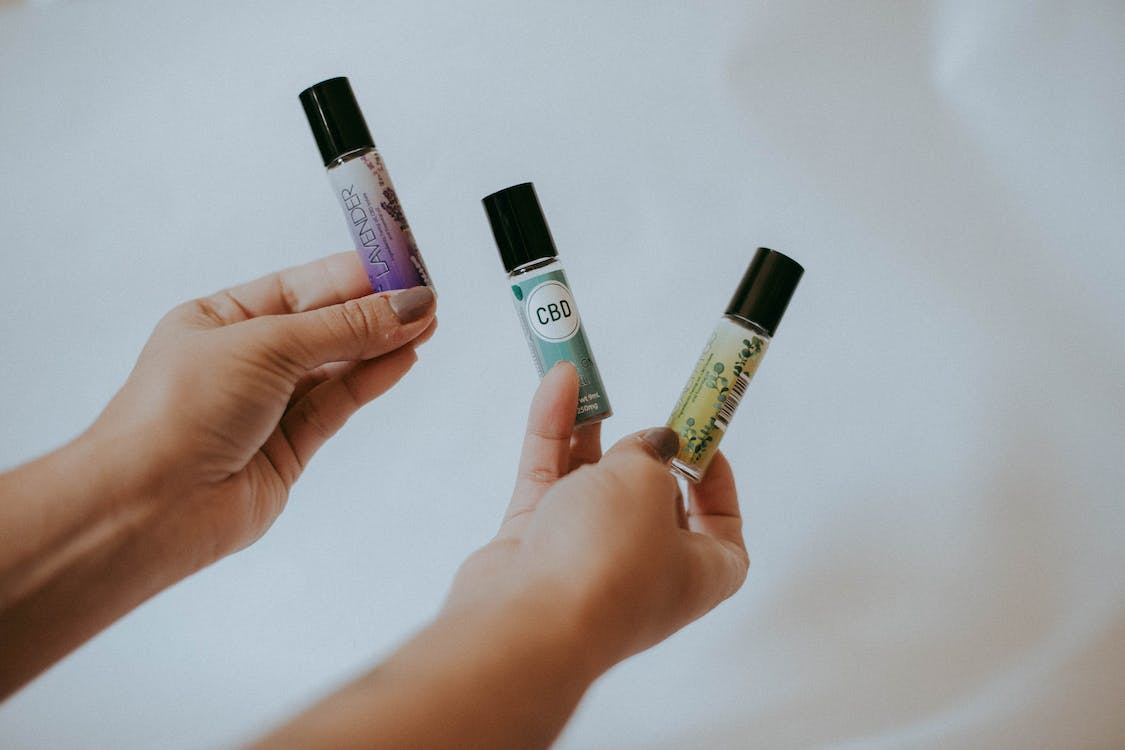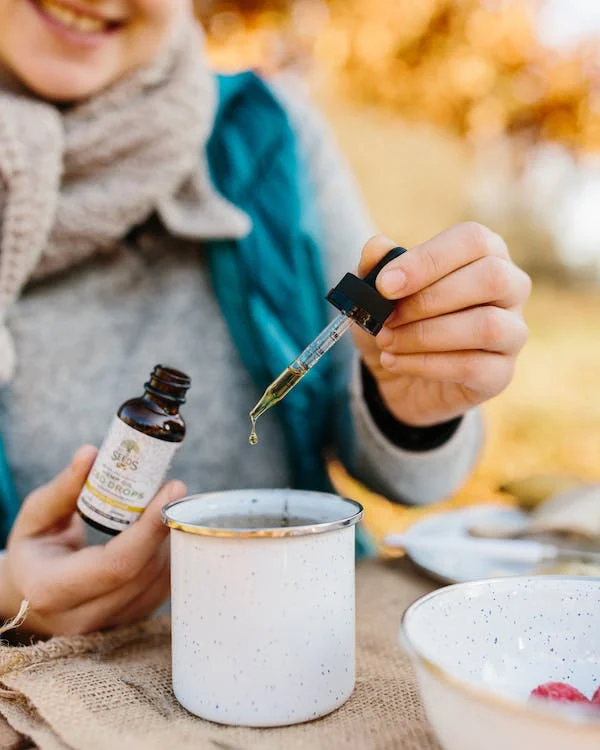Inflammation is the body’s natural response to protect itself from harmful stimuli, such as infections, injuries, and toxins. The chronic inflammation that afflicts the body can cause heart disease, diabetes, cancer, and an autoimmune disorder, among others.
While many pharmaceutical drugs can reduce inflammation, they often come with side effects.
Whereas chemical free body oil are natural compounds that we extract from plants. They have been in use for centuries for their healing properties.
Therefore, today, we’ll explore whether essential oils can help in reducing inflammation or not. But first, let’s see what essential oils are.
What Are Essential Oils?
Table of Contents
These oils are basically highly concentrated plant extracts that we get from distilled or pressed leaves, flowers, stems, roots, and other parts of the plants. They contain volatile aromatic compounds that give plants characteristic smells and flavors. The use of essential oils for medicinal purposes has been going on since ancient times, and they are still widely in use today for their therapeutic benefits. The most popular essential oils in use for inflammation are ginger, turmeric, frankincense, peppermint, and lavender. One of the best places to buy quality essential oils from poofyorganics.com. Poofy Organics has a huge selection of pure, natural, and organic essential oils to choose from. They also offer a wide range of other health and beauty products. Their products are free from any additives or preservatives, and are of the highest quality.
How Do Essential Oils Work?
Essential oils work through several mechanisms to reduce inflammation.
- First, they contain anti-inflammatory compounds, such as gingerols in ginger, curcumin in turmeric, and boswellic acids in frankincense. As a result, these compounds inhibit the production of pro-inflammatory molecules in the body, such as prostaglandins and cytokines.
- Second, essential oils can modulate the immune system by either enhancing or suppressing its activity, depending on the situation. For example, peppermint oil can stimulate the production of lymphocytes, the natural killers of our body. These cells help in fighting infections and cancer. Lavender oil, on the other hand, can downregulate the production of pro-inflammatory cytokines and upregulate the production of anti-inflammatory cytokines.
- Third, essential oils can relieve pain by blocking the sensation of pain in the nerves. For example, peppermint oil contains menthol, which has a cooling and numbing effect on the skin and can reduce pain perception. So, if you pair up the right essential oil with skin care to reduce redness, you’ll be able to achieve desired results in no time.
Which Essential Oils are Best for Inflammation?
While many essential oils have anti-inflammatory properties, some are more effective than others. Here are some of the most commonly used essential oils for inflammation and their benefits:
Ginger Oil
It contains gingerols, which have potent anti-inflammatory and analgesic effects. So, you can use it topically or orally for pain relief and to reduce inflammation in conditions such as osteoarthritis and rheumatoid arthritis.
Turmeric Oil
It contains curcumin, which has powerful antioxidant and anti-inflammatory properties. It can be used topically or orally for reducing inflammation in conditions such as arthritis, psoriasis, and inflammatory bowel disease.
Frankincense Oil
It contains boswellic acids, which have anti-inflammatory and anti-cancer properties. It can be used topically or orally for reducing inflammation in conditions such as asthma, ulcerative colitis, and rheumatoid arthritis.
Peppermint Oil
It contains menthol, which has a cooling and analgesic effect on the skin. You can also use it topically for pain relief and to reduce inflammation in conditions such as headaches, muscle pain, and sinusitis.
Lavender Oil
It contains linalool and linalyl acetate, which have anti-inflammatory and analgesic properties. You can use it topically or aromatically to reduce inflammation and promote relaxation.
How to use essential oils for inflammation?
You can use essential oils in several ways to reduce inflammation, including:
Topically
In order to apply the essential oil to the affected area, dilute it in a carrier oil, such as coconut or jojoba oil. Ensure that you’re not allergic to the oil by performing a patch test on your skin. You can add a few drops of the essential oil to a warm bath for a relaxing soak.
Orally
Some essential oils can be taken orally, but be sure to consult with a healthcare professional first. Likewise, you can also add a few drops of essential oil to a glass of water, tea, or food for internal use.
Aromatically
You can also use essential oils by diffusing them in the air using a diffuser or by adding them to a steam inhalator. This method can help reduce inflammation in the respiratory system and promote relaxation.
However, it’s important to note that essential oils are not a substitute for medical treatment and should not be used to treat severe health conditions without consulting with a healthcare professional first. Essential oils should also be used cautiously around children, pregnant women, and pets.
Before We Part!
Lastly, essential oils can effectively reduce inflammation due to their anti-inflammatory, immune-modulating, and pain-relieving properties. The most common essential oils in use to treat inflammation include ginger, turmeric, frankincense, peppermint, and lavender. You easily use these anti inflammatory essential oils topically, orally, or aromatically, but be sure to use them safely and consult a healthcare professional first. By incorporating essential oils into your self-care routine, you can reduce inflammation and promote overall wellness.







